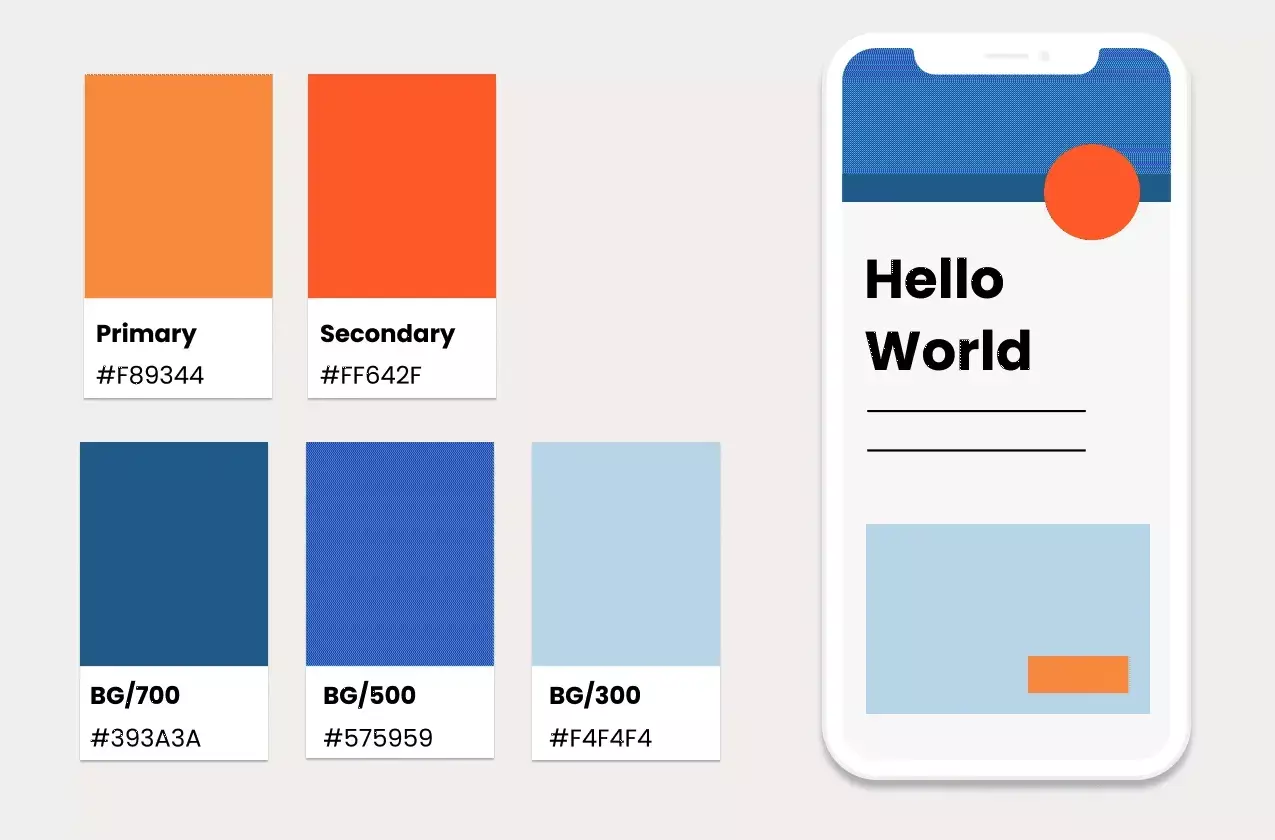AI vs Human Intelligence
You will not be replaced by an AI, you will be replaced by a human being with an AI in his hands.

In this issue, among other things:
- An overview of the most important things about ChatGPT
- Quotes from Alexey Bashuk and Maxim Ilyakhov's book Stolen? Punish!"
- Best free fonts 2021-2022
- Identity on motion blur
- Interactive Mendeleev Table
- New design of road signs
- Display for the visually impaired
- Guide to in-depth interviews
- The trend towards "productisation" of design services
- How to look for work and get interviews
- Brief overview of design trends 2023
- How to think about the meta-universe
- 27 free Midjourney mini lessons
- Guide to starting a pet project
Best new posts on Odi
Guide to in-depth interviews. How to get the most out of a respondent
Asya Mikhailovskaya described all the stages of the study in detail and structured the mechanics, practices and techniques tested at MobileUp, where she works. The result is a powerful guide that can be referred to at any stage of the castaway.
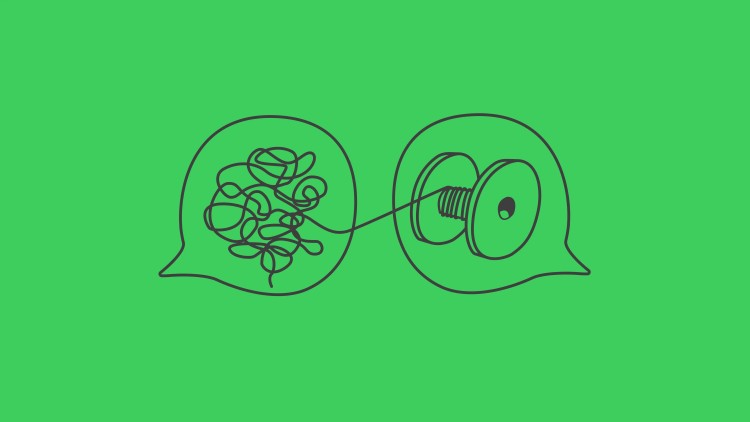
29 best free Cyrillic fonts 2021-22
Five grotesques, one antique, two variant, 21 accentuated with decorative. All with Cyrillic characters. All legally free of charge.
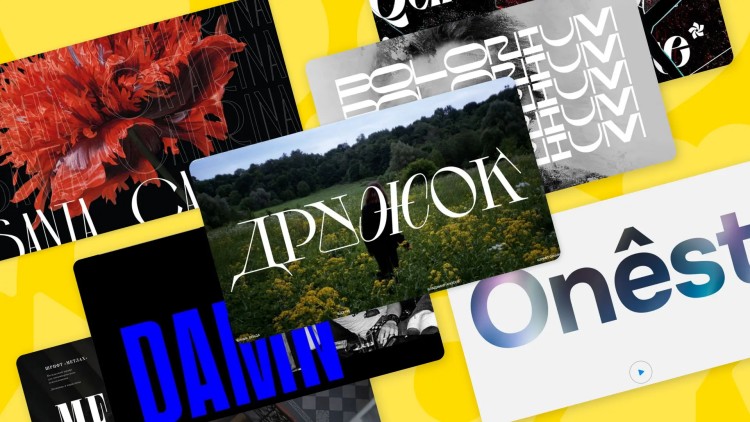
Quotes from the book
Natasha: Today is the first part of the quotes from Alexey Bashuk and Maxim Ilyakhov's book
Stolen? Punish! A Book on the Protection of Intellectual Rights". Read them and decide whether it's worth paying attention to.
To invent is to draw a picture in your head. As long as the idea is only in your head, it is not protected by law in any country in the world. Neither copyright, trademarks, patents nor even trade secrets protect ideas in the head. We cannot reliably determine whether an author has an idea or not. And if so, there is nothing to protect.
In Russia, the right of authorship is inalienable. This means that the author, even if he wants to and for a lot of money, cannot give another person the right to be called the author of a work if he did not take part in its creation. And no matter what their contract may say, the waiver of copyright in Russia is null and void. In other words, you can't give up copyright, even if you really want to.
Alienation - "selling out for good". You were the rights holder at first, and after the transaction someone else became the rights holder. You have transferred the exclusive right - you have alienated it. Now even you can no longer use your photograph, but the company can use it as it wishes. That's what you were paid for.
You cannot transfer the exclusive right partially, temporarily or with any other restrictions. It is like selling a flat with the condition that the buyer is not going to come there on weekends; it is absurd. It's the same with exclusive rights in a work: it's one thing, transferable in whole or not transferable at all.<..
After the transfer, you are still considered to be the author, but the rights holder is now a different person
It is a classic mistake to "buy" a work from an author and not enter into a contract with him or her. If there is no contract, it means that the rights have not been transferred. Today the director pays the photographer for the photo and thinks he has received the exclusive right, but three years later the photographer comes back with a claim and demands more money. It happens that way.
Moscow, 2017. A photographer gave a company employee the photos and said he didn't mind if the company used them in one exhibition. A few years later the photographer discovered that the company was regularly using these photos in advertising, social media and on stands. There was no contract and no exclusive right was transferred to the company. The court found the company in breach and recovered 340,000 roubles in compensation.
If you are the author, then for you, a licence is usually more profitable than alienation. Let's say you took a picture of a man with a laptop under a palm tree. Some success sellers bought the licence from you today, others tomorrow, and others the day after. Some use the photo to advertise courses for programmers, others to entice entrepreneurs, and still others in some other way - no one is bothering anyone. Some close, others appear, but you are still selling the license for the photo. Each transaction is another money for the same work.
But if you gave the first client not a license, but an exclusive right, then that would be it: there would be no more deals. The first buyer had used your picture for a year, went bankrupt and the right to your picture melted away with him. You are still the author of the photo, but you can no longer legally use it or sell licences for it.
Some people think that the © sign itself gives legal protection to the work. Some people think that if you take a photo, put a © in the corner - that's it, from that moment your rights start to be protected. The authors sometimes reason as if © is a legally important stamp. They are mistaken.<
Actually, copyrights are protected irrespective of whether or not the © mark is indicated on the copy of the work It has no impact on the scope of legal protection or its effect.
Exclusive rights, on the other hand, have a term of validity: in Russia, it is the author's entire life plus 70 years after the year of his death. It turns out that property rights are inherited, and the heirs can continue to make money from the work of a talented relative: sell licences, transfer rights - everything as usual.
After 70 years, the work will have passed into the public domain. Anyone can use it. Personal rights will still be protected, but proprietary rights will melt away. That's why designers often use old paintings, diagrams and drawings - if an engraving was painted a couple of centuries ago, no heirs will come to claim rights.
There is an EXIF or Copyright section in the camera settings. If you enter your name in the "Author" field there, all the frames from that camera will be signed. You should indicate your real name rather than a pseudonym so that you don't have to prove in court that Ivan Ivanov and pretty_pie_777 are the same person.
Let's say your work has been used without permission in a product. For example, a drawing of a character has been printed on toys. If you did not give permission, then the goods with your work are counterfeit.
Multiply the value of the counterfeit batch by two. This is not a small sum and should be claimed in court.
If the company demanded 5 million, but was charged, for example, 50,000, it means that the court satisfied only 1% of the claim. This means that 99% of the company's claim was unfounded.
The defendant can then recover 99% of the costs of their lawyers from the plaintiff. This is called "proportional recovery of legal costs". In the end, the plaintiff wins on paper, but may even lose in practice.
This is where the important point must be understood: the court cannot and should not answer the parties' questions, give advice and tell them what evidence to bring. If you do not understand this, it is easy to lose the case.
For example, if the code was written by a junior programmer Ivanov, but the site indicates the author as the chief developer Petrov, it is a violation of Ivanov's rights. Petrov and his company can say that they gave Ivanov the task, but they definitely cannot claim authorship. Petrov's assignment, but Ivanov's work.
Even to put yourself as co-author for nothing is already an infringement. A manager can give an idea, help with advice, give money and control the project, but that will not make him co-author. To become a co-author, you have to make a personal creative contribution to the work. If there is no creativity, there is no co-authorship. It makes no difference who gave the money.
Let's say the exclusive right went to the studio's client, for whom the picture was drawn. Now the client has become the copyright holder, and the studio can no longer use the work without his permission. But if the client did not accept the work and did not sign the documents, the exclusive right has not transferred. This means that the web studio can transfer the right to the image to another customer.
Therefore, in order for the exclusive right to go to the company, a contract needs to be made. If you buy the rights to a finished work from a third-party author, it will be a contract of alienation. If it is a one-off commissioned work, a contract of assignment is appropriate - with a condition of assignment of the right. If, on the other hand, the author will be employed by a company, an employment contract must be concluded with him or her.
An employment contract is a prerequisite for obtaining the exclusive right to an official work.

Articles and news
Design services as a product
Kirill: I have noticed a relatively new trend in the design services market - the "productisation" of these services, the move to a subscription model.
In recent months, I've come across a number of services that offer design on a subscription basis. The client pays a fixed amount per month and receives as many services as they require (within limits, of course).
This allows design teams to move away from the pay-by-the-hour scheme. It makes life easier for clients in two ways. On the one hand, it eliminates the need to constantly negotiate prices and deadlines. On the other hand, it eliminates the likelihood of receiving an unexpected invoice from the studio at the end of the month.
Here are examples of services with this or similar positioning:

Interviews: How to get through them and keep your confidence
"Dagger has prepared a guide with tips on how to approach job interviews in a way that doesn't show neediness, doesn't feel like a beggar, and in general, how to find a company that is right for you and you are right for it.
Remember that a job interview is not a quest that you have to complete. It is a conversation after which you both realise whether you want to go further together. It's better to realise in advance that you're facing a stuffy sweatshop corporation who will ride your hump than to set them on their hump at all costs.

Self-sell. How to increase the chances of a coveted "Yes!"
Dmitriy Vanitsky breaks down the process of finding a job as a designer and gives tips on how to increase your chances of being hired in an interview.
Cyril: I'm a little bit sick of phrases like "selling yourself to the highest bidder". I am convinced that in the labour market one sells and buys labour, skills, expertise and things like that. But not people. Especially not yourself. And thinking about "selling yourself to the highest bidder" is not good for business. It is better to focus on how well suited you are to the company and you to them. But setting that construct aside, the advice in the article is quite sensible and can serve you well.
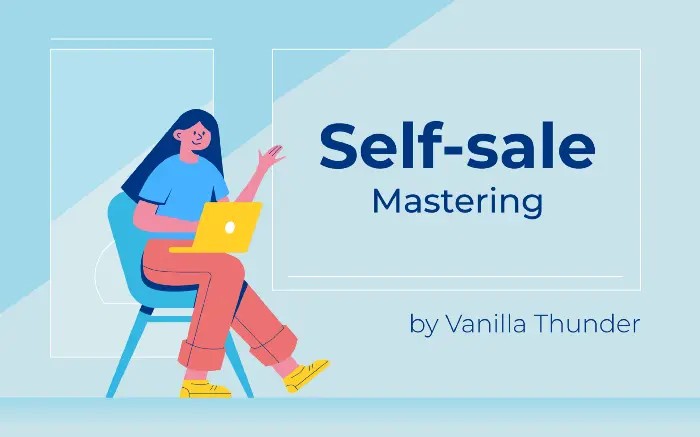
Prototyping in Figma: Work smarter, not harder
Margarita Romanova told and showed how to increase the interactivity of prototypes in Figma without much difficulty.
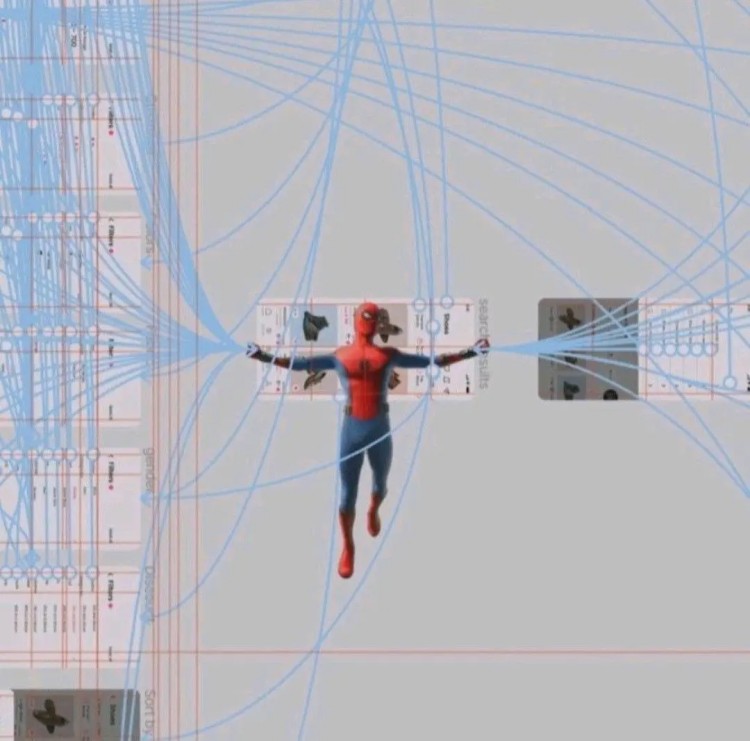
A short line
In February 2023, Figma Community will allow you to sell your files, plugins and widgets. You can get ready now, the link describes the requirements, conditions and the list of countries where this functionality launches (Russia, Ukraine and Belarus are not on the list yet).
Sozvonus. A website with a checklist of universal rules for online meetings. How to frame, light, choose an angle, adjust the sound and all that. There is an interactive checklist to help spot and correct mistakes.

Sergey Chikin wrote briefly about graphical trends in 2023. In short, "distorted glowing neuron-generated icons in a dark interface should blow up the industry" :-)
Designing Notifications in iOS: 103 Guidelines. Another thorough compilation by Stanislav Khrustalev.

Translations of articles from previous issues
How do we think about the meta-universe? A translation of an article by Benedict Evans in which he discusses how people think of the meta-universe, where they go wrong and what the word means.

The creative switch: how to generate new ideas. A translation of Ralph Ammer's article on an algorithm to help create cool ideas.
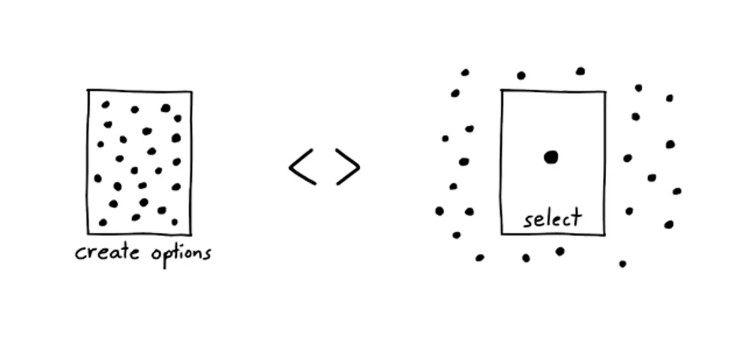
Heuristic usability frameworks: which one is right for you?
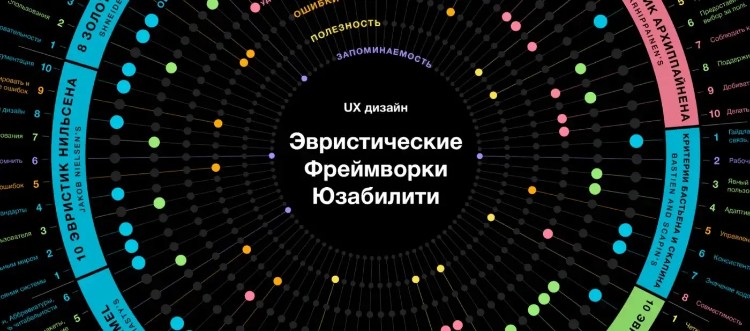
New technologies
Varjo Aero. A new generation VR helmet with low weight, high resolution (up to 35 dots per degree), and advanced iTracking. Already on sale, it costs from 2,000 euros.
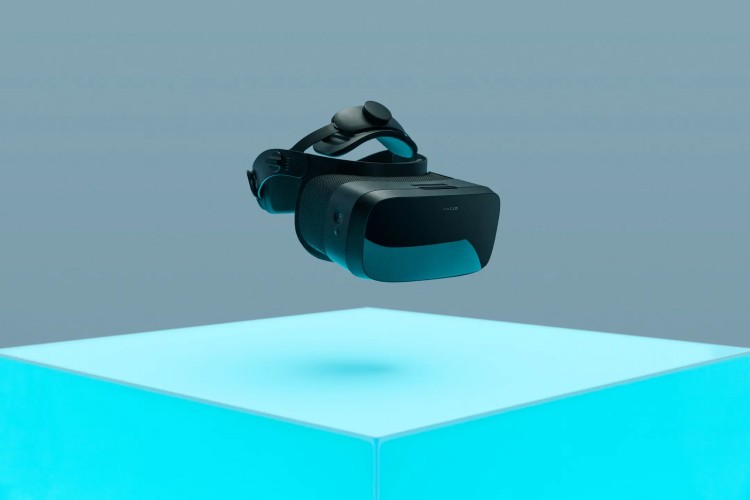
Cyril: The first weeks of 2023 are filled with news about ChatGPT. I've used it a bit, it seems like an infinitely erudite conversationalist who knows the answers to any question, and also understands the context of a person's queries quite well.
People are finding all kinds of uses for it, both for leisure and work. And companies have already seen both new opportunities and threats to their business model.
Here are some of the most important links:
-
Microsoft is teaching the Bing search engine to show the answers to a question, rather than just showing a list of links. Under the bonnet will be Open AI development. Google is rumoured to be urgently throwing resources at implementing such a development in its search
-
ChatGPT Pro is launched. For 42 quid a month, the user will get higher response rates and guaranteed access at peak times. The monetisation model for this insanely expensive machine becomes clearer
-
There's an extension called Eightify AI, which self-marries videos on YouTube using ChatGPT. It works pretty badly in Russian, but that's for now. The usecase seems to be in demand - many people will want to see a summary of the video before watching it to see if it's worth the time.
-
Nick Babich gives 8 examples of how to use ChatGPT in product design. Writing briefs, marketing texts, bug reports, writing pieces of code and translating texts
-
AI Web Design: Arnau Ros shows how he made a basic landing page using ChatGPT and Midjourney
-
Elena Kocheva wrote about 5 non-obvious ways to improve a foreign language with ChatGPT
-
GPTZero. A development by a Princeton student that detects neural network-generated text with a 2% margin of error. If you thought you could pass off the neural network's work as your own and no one would know, I have to disappoint you. The sword-and-armour race in this field is already underway
It seems that the development of content generators and "extractors" of meaning will lead to the fact that in the near future we will be able to choose the format of consumption of any unit of content. Any video can be condensed to a few paragraphs of content. And any text can be turned into a video, with an expression-generated character reading it to us in any voice of our choice.
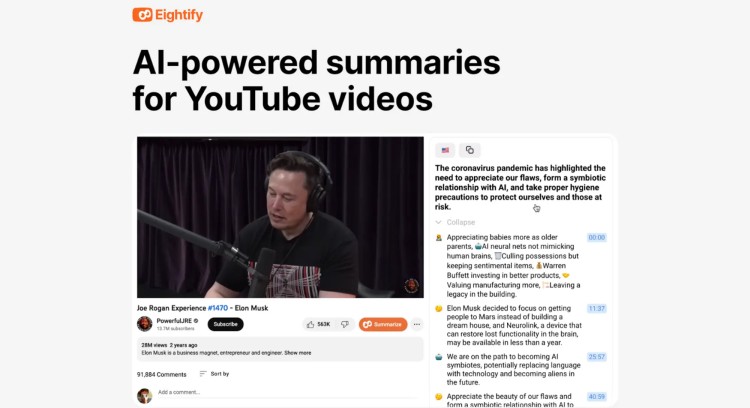
Inspiration
Identity
The style of the O,Revoir bedding brand, where motion blur has become the main artistic device, conveying a sense of the moment and its fleetingness.

The identity of the BRAUNHAUS cafe and shop in Seoul. I like the multiscript combined with an understated and even stingy use of colour.
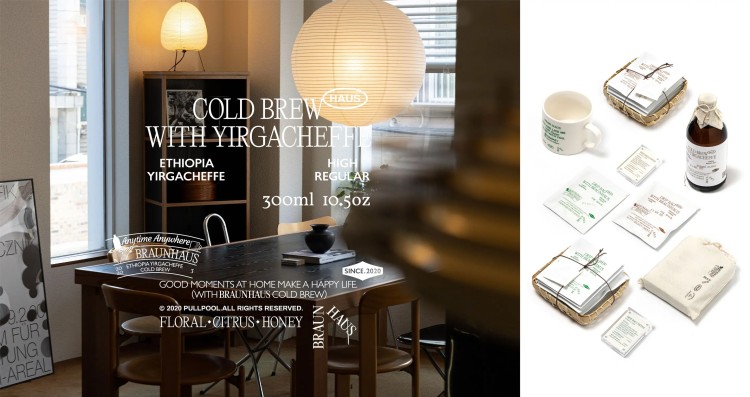
The Cafetal Café identity with its soft palette and interesting use of cut-outs. Intriguingly, the style leaves an impression of both chic and handmade at the same time.
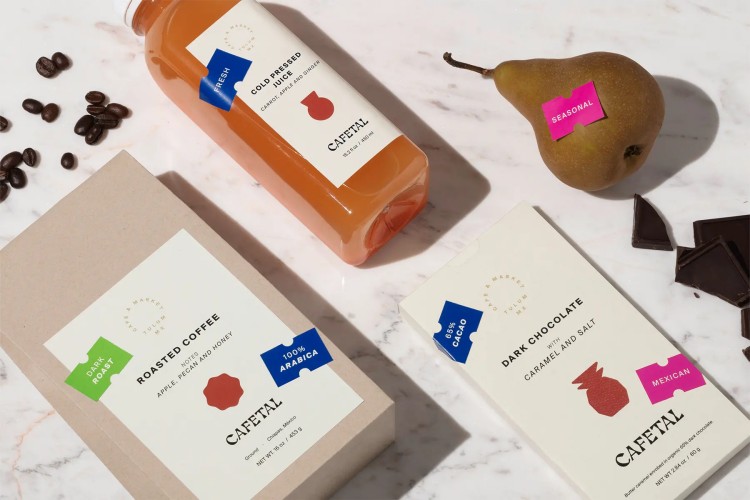
Typography, calligraphy and lettering
The Beauty of the Letters. A fresh series of works by calligrapher Jackson Alves from Brazil.
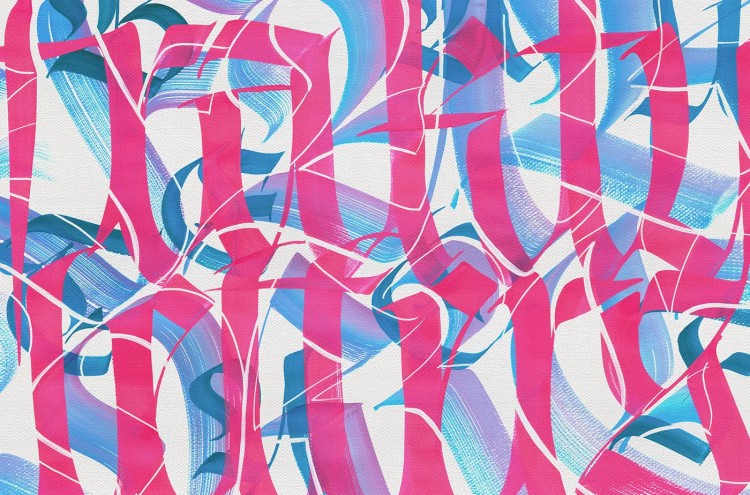
Posters
The work of Jun Ando from Japan. Examples of strong and confident composition.
* Meta and its Instagram and Facebook products, to which we link, are recognised as extremist and banned in the Russian Federation.
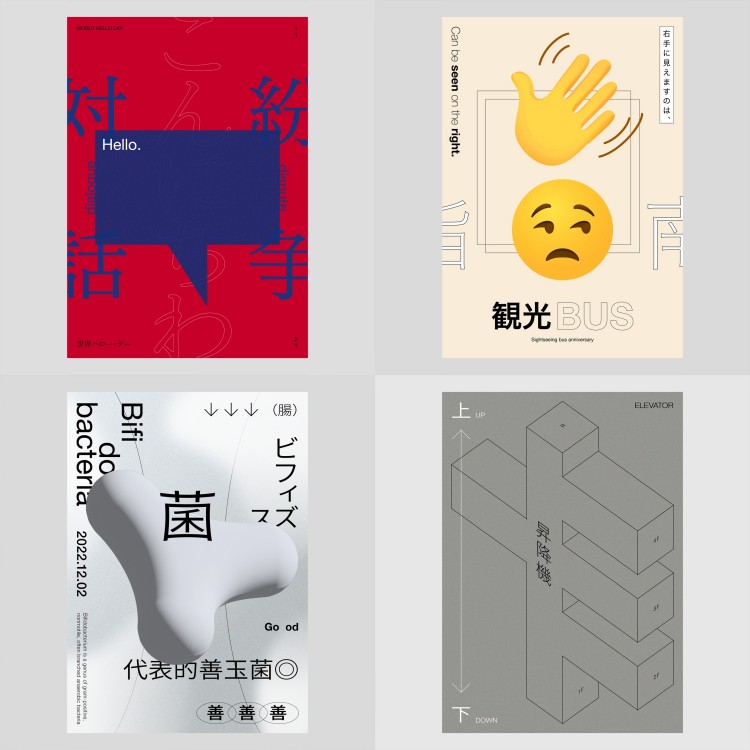
The work of Tom Hotkeit from Antwerp.

Printing
ABCDesign's design for the Dwarf's Nose fairy tale.
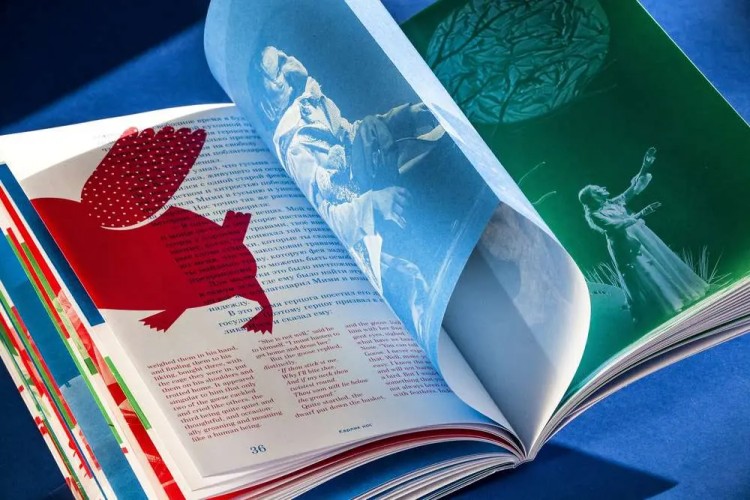
103 best book covers according to Literary Hub.
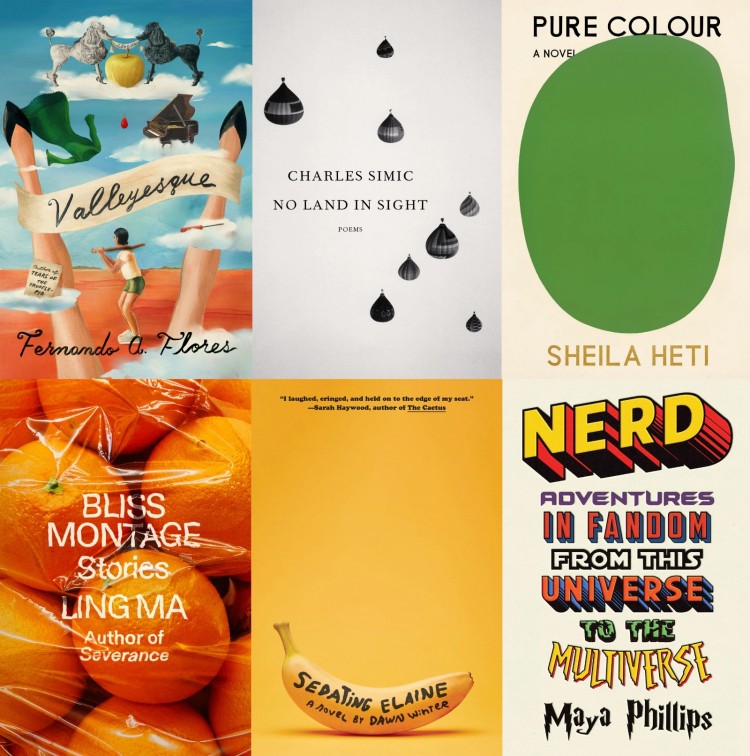
Infographics and data visualisation
Crystallized. An intriguing project from New York studio SOFTlab is the material visualisation of Instagram activity. On the outside of the "pebble", which can be 3D-printed, are connections between selected friends, and on the inside is a visualisation of those friends' reactions to each other's posts.
* Meta and its Instagram and Facebook products, to which we link, are recognised as extremist and banned in the Russian Federation

Talbica 3. An awesome interactive guide to the elements of the Mendeleev table, substances and reactions. Comprehensive physical and chemical information is collected for all elements. Almost all elements have photos. Visualisations of boiling point, melting point, mass, distribution of all elements on Earth and other element parameters are wittily built into the handbook.
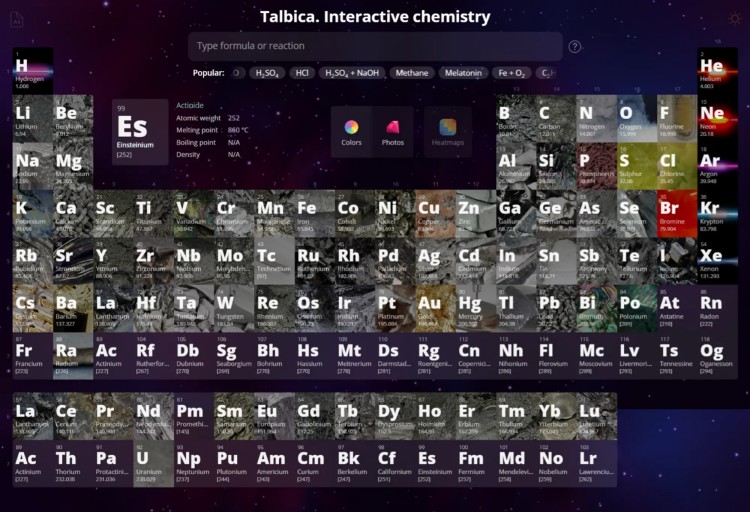
Packaging
The minimalist packaging of Oak Roasters coffee roasters.
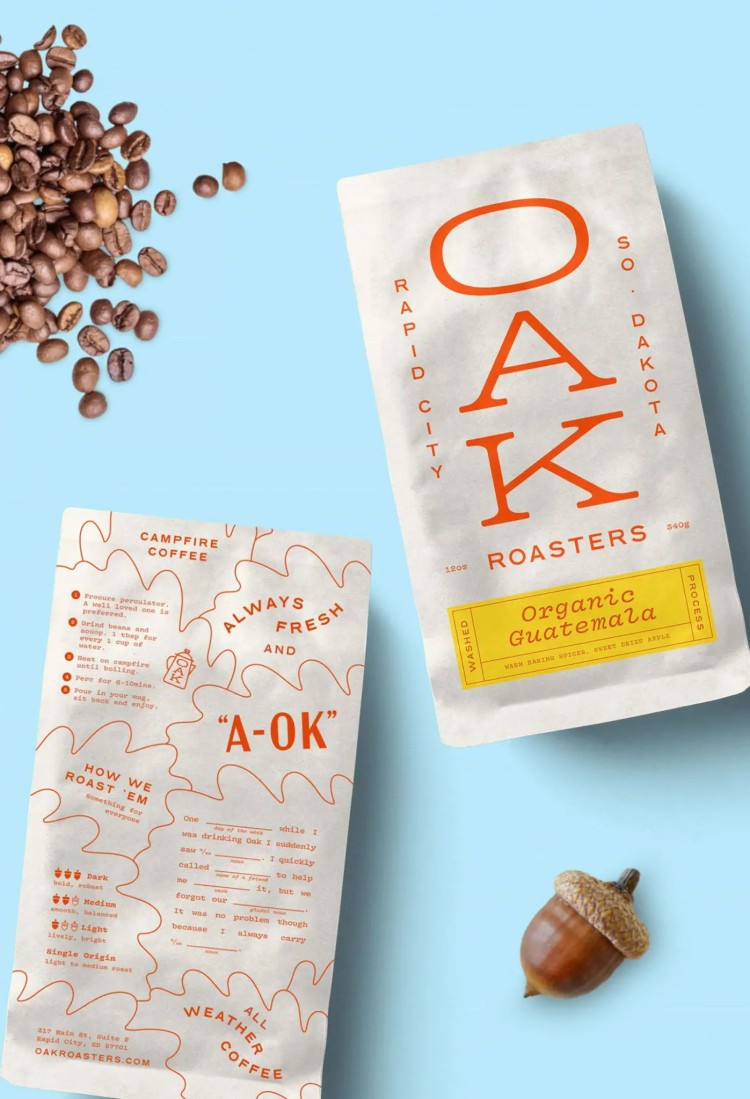
The Marksologist series of cocktails with vintage-inspired labels.

Websites
The impressive website of the Dot Pad, the first tactile display for the visually impaired.
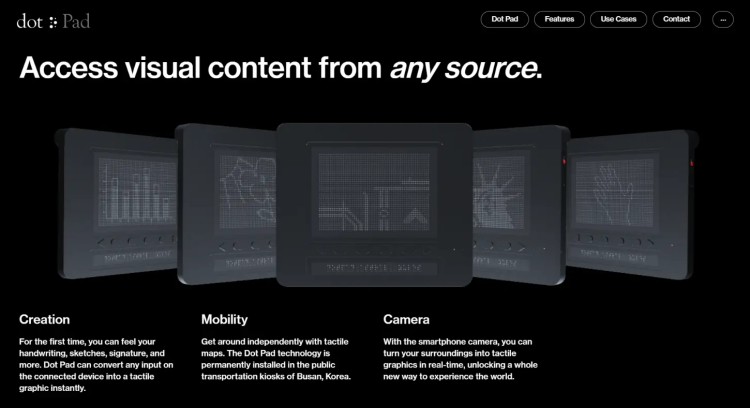
Bento. A cute website platform for creating beautiful online business cards.

Highnote. A low-key, stylish B2B launch site for card banking products. Nice friendly colours, excellent copywriting and good micro-animations.

MULTI. A stylish and bold promotional website for a new cryptocurrency wallet that promises to solve the problem of lost cid phrases. How exactly this will work is not entirely clear, but it looks promising. If this is true, it could significantly democratise cryptocurrencies, making them simpler, clearer and more accessible to ordinary people.
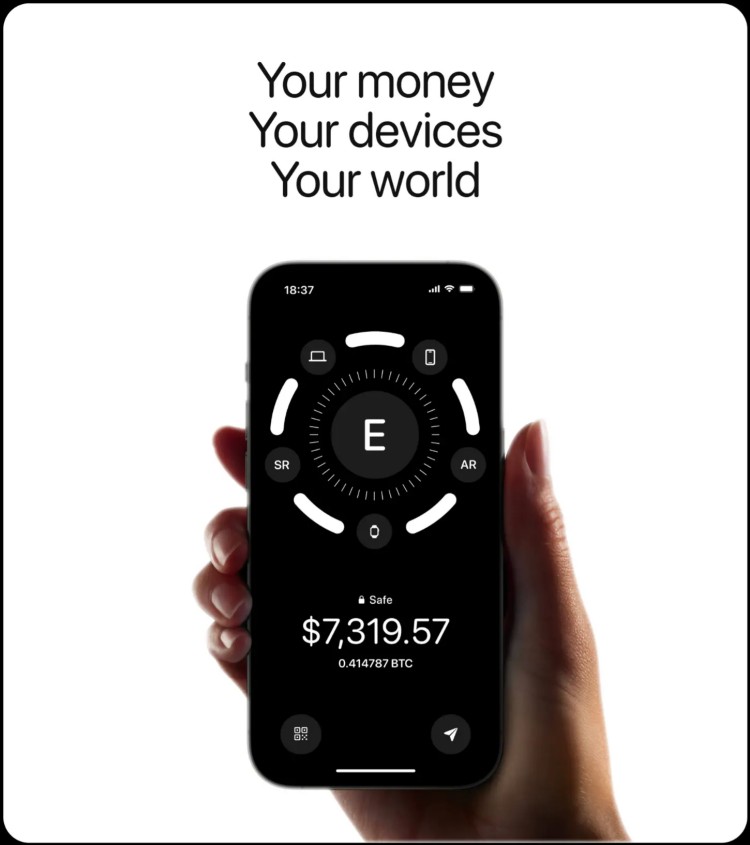
Interfaces
Next-level digital collaboration platform. Pragmatics tried to rethink the digital product for remote working.

Designer Maciej Zadikovic's portfolio with cool Web3 cases.

3D animation
Titles from the HBO series The Last of Us. Made at Elastic Studios.
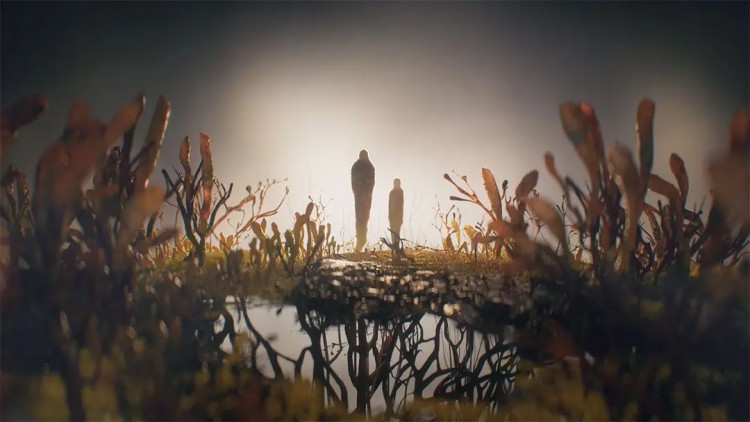
3D graphics
A plush and corduroy Porsche 911. The artwork is by Thiago Tallmann, a 3D artist from Brazil.
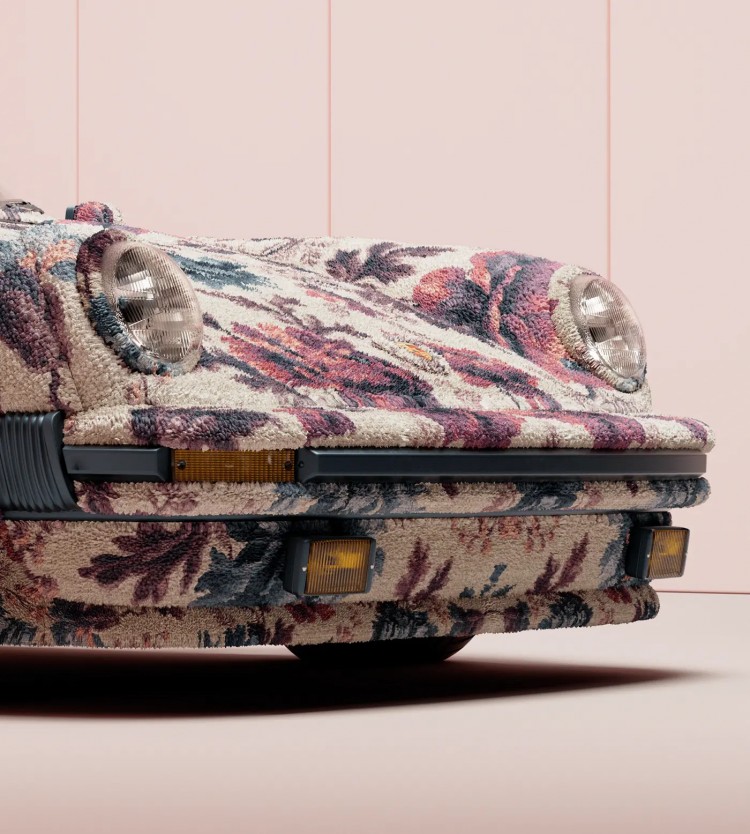
Detailed futuristic characters by Abrar Khan from Sweden, who works as Senior Marketing Artist at Ubisoft Massive.
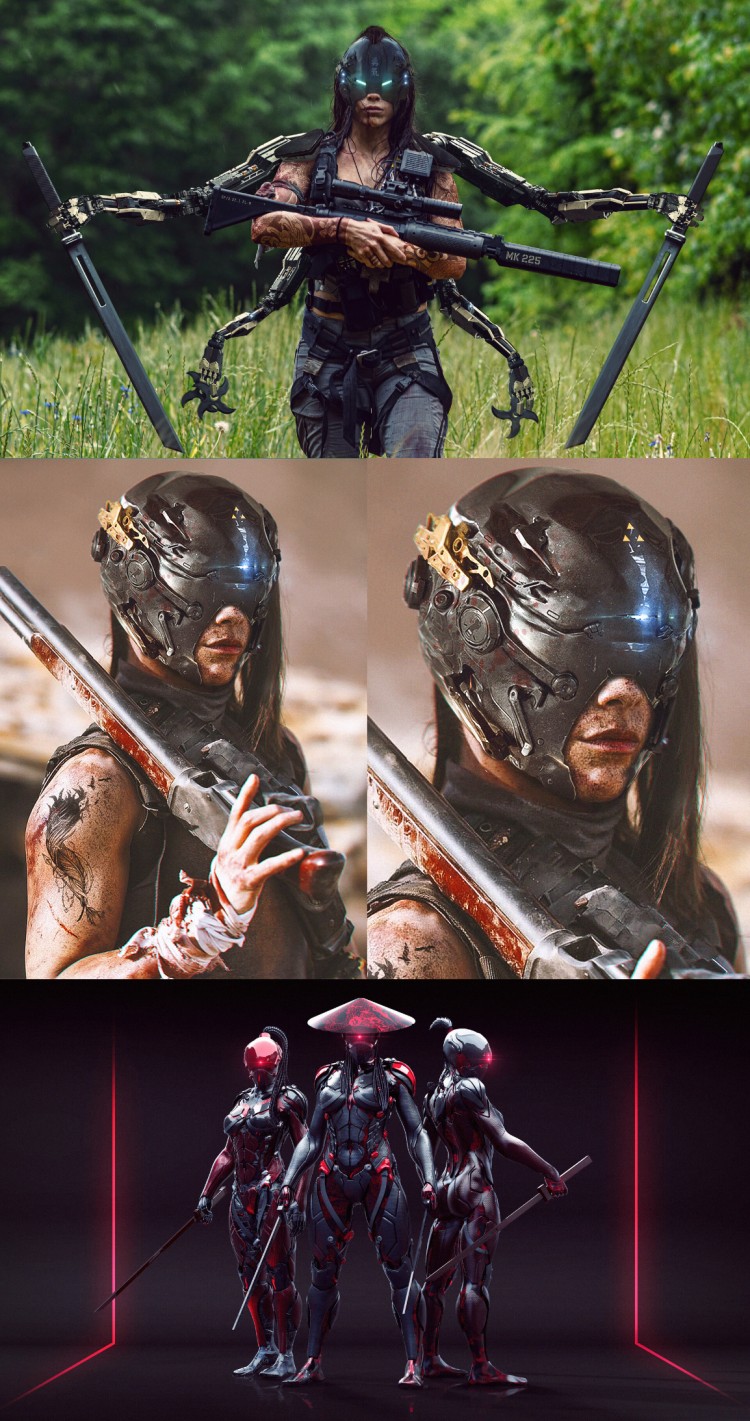
Neuroart
Works by an AI artist under the pseudonym Joann.
* Meta and its Instagram and Facebook products, to which we link, are recognised as extremist and banned in the Russian Federation

Illustrations
ILLUSTRATIONS vol.1 and vol.2. Textured and captivating illustrations by Oleg Smirnov. Strong images, skilful work with colour and composition.

Various Illustrations from 2022 / Part 2. A series of melancholic illustrations by Isabelle Seliger from Berlin.

Navigation design
New road signs. Sergey Chikin and Ilya Birman think about how road signs can be designed in a clearer and more beautiful way. Important topic, needed initiative, great design.
As a bonus to the project come the burned out seats of the guys who believe that road signs are inviolate and if you change the design of the signs it will immediately lead to unnecessary deaths and chaos on the roads.

Education
If you have VK blocked, use a VPN. For example, Tachyon or NordVPN.
Lessons and lectures:
Figma:
After Effects:
Adobe Photoshop:
Adobe Illustrator:
Blender:
Other:
This AI changes EVERYTHING (ChatGPT x Blender). A video in which ChatGPT writes python code for three-dimensional objects in Blendere.

Ai Art. A playlist of 27 short lessons on how to generate atras in mijorney. How to use reference images, how to make patterns, manage camera angles, how to make monograms and illustrations, how to remove individual image elements and much more.

The documentary series "History of Russian Design" by the Moscow Design Museum. 4 episodes in total:
-
Avant-garde. The creative laboratory of the pioneers of the Soviet avant-garde - Kazimir Malevich, Vladimir Tatlin, Alexander Rodchenko, Varvara Stepanova, Lazar Lisitsky, the Stenberg brothers - created the construction of all modern design. The avant-garde artists invented a fundamentally new visual language, and then, switching from images on canvas to objects, performed the seemingly impossible - introducing their innovative ideas into mass production. Constructivist design has become the style of the time and an inexhaustible source of inspiration for subsequent generations. The creators of the 'ABC of Constructivism' were emulated by the rest of the world
-
VNIITE. A new chapter in the history of domestic design development began in 1962, when the All-Union Research Institute of Technical Aesthetics (VNIITE) was established by government decision. The Institute had branches in republics of the USSR and large industrial centres, from the Baltic States to the Far East. VNIITE designers developed projects that largely determined the development of design in the country: a new taxi, a train for the Moscow metro, a car trailer, a microwave oven and even the concept of a "smart home".
-
Design in the USSR. In the 1960s, the USSR created a unique state system of design, uniting more than 1,500 design groups across the country. Their activity was supervised by VNIITE. Research institutes and special art and design bureaus were organized practically under each ministry. The All-Union Furniture Design and Technological Institute (VKTIM), for example, developed furniture designs for mass production, the SHKBlegprom under the guidance of Alla Levashova created fashionable and practical clothes for everyday life, VIALEGPROM was involved in light industry products. Large enterprises such as the S.A. Zverev Krasnogorsk Mechanical Plant, the V.I. Lenin Leningrad Optical and Mechanical Association, the Likhachev Plant, the Volga Automobile Plant and the Leninsky Komsomol Automotive Plant had their own design divisions
-
Contemporary Design in Russia. The series explores the specifics of design development in contemporary Russia, describes the activities of the Moscow Design Museum and the projects of leading Russian designers: Igor Gurovich, Tagir Safaev, Victoria Andreeanova, Stepan Lukyanov, Elena Kitova, Andrey Shelyutto, Sergey Smirnov, Vladimir Pirozhkov, Anna Kulachek, Katya Kopytina, Vadim Kibardin, Denis Milovanov

Liquid animation in the Blender. Recipe by Egor Veselov. In video format, and in text-graphic tutorial format.
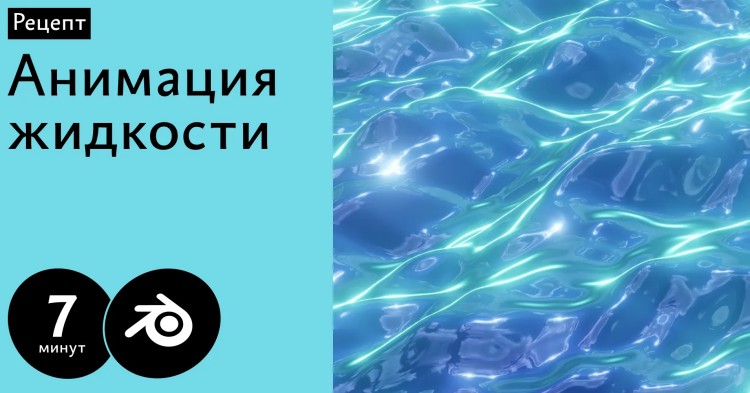
Tools
Prompt Hunt. A structured catalogue of neuroart with prompt hints. There are both free and paid ones.
Refero. A huge structured collection of website and app screens.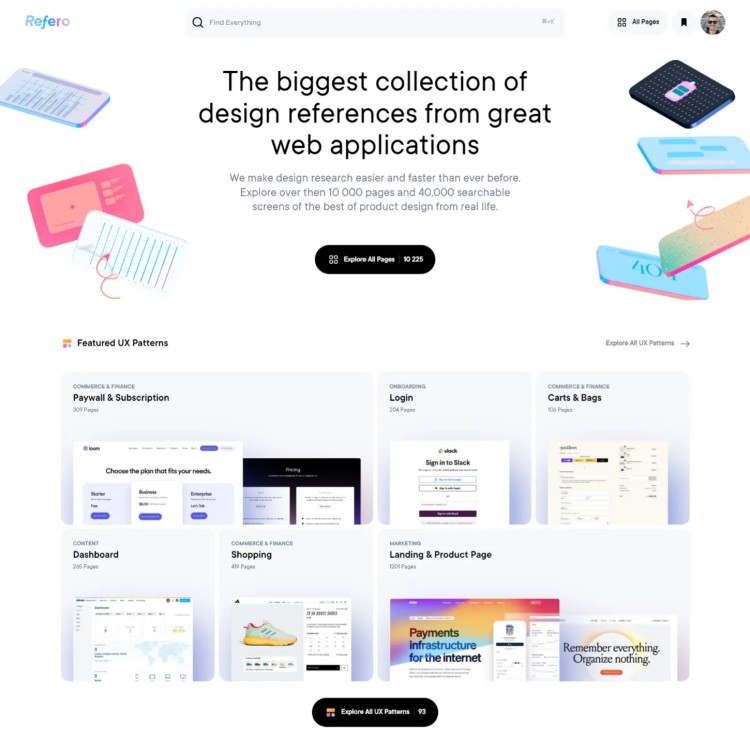
18 Figma plugins for creating and configuring prototypes. Help create User Flows, skeleton screens, prototypes of all levels, set up interactions between them, convert the finished project back to a Wireframe so that you can focus on the interactions and not be distracted by the visuals.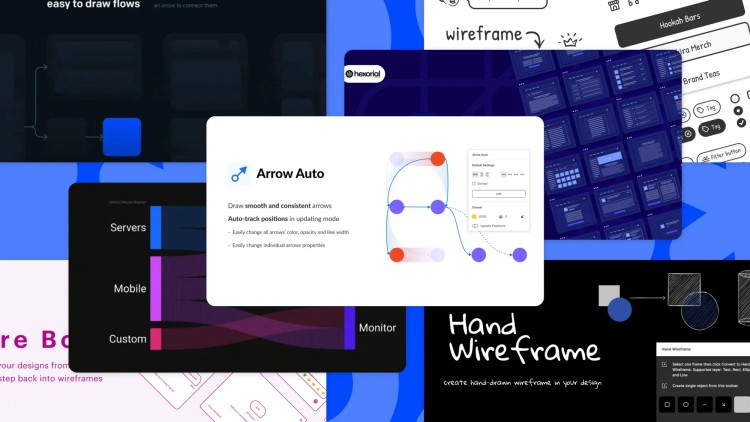
Localfonts. Claudio Guglieri has made a website that shows all the fonts installed on your system.
The Ultimate Side Projects Playbook. a step-by-step guide to starting your own pet project in a month. Free.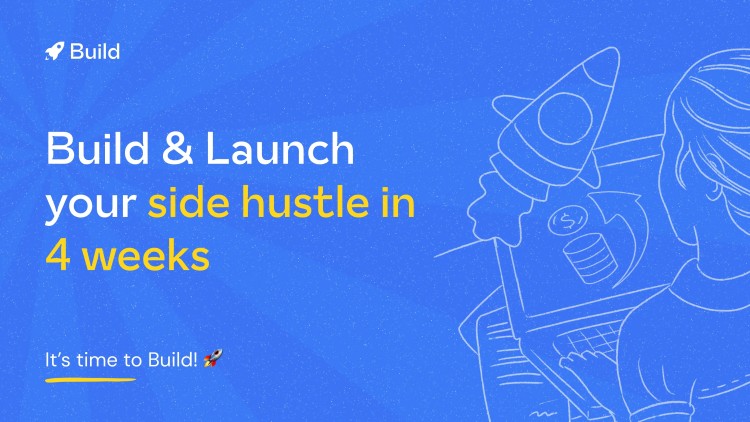
Blocs. A fast and powerful no-code editor for developing adaptive websites. Has been in development for several years. Only for macOS. Licence costs from $100 (one time payment).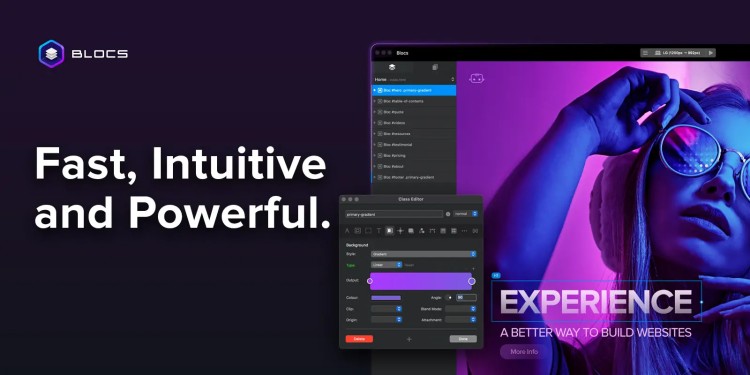
The Great Big List of Midjourney Artist Styles. A huge Google table that has collected all (or many) artists whose styles Midjourney can use. At the time of publication, there are over 1600 names in the table. With examples.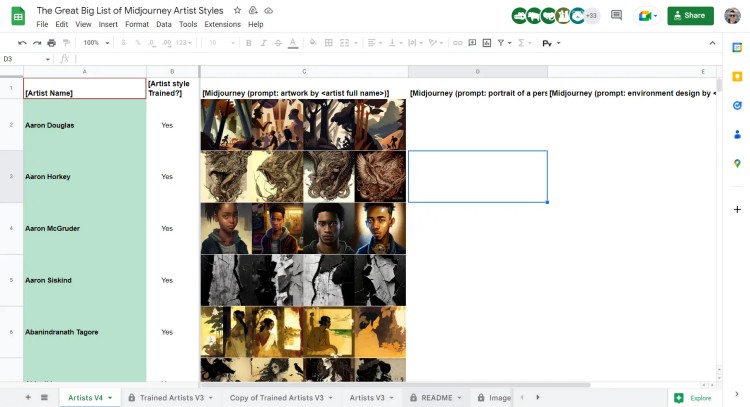
12 AI plugins for Figma. Figma plugins that are powered by artificial intelligence. They will help to rename layers in one click, generate icons, pictures, 'fish' text, avatars, 3D illustrations, see your own work through the eyes of a neural network, quickly perform usability studies and retrieve a huge number of colour palettes from the Unsplash library.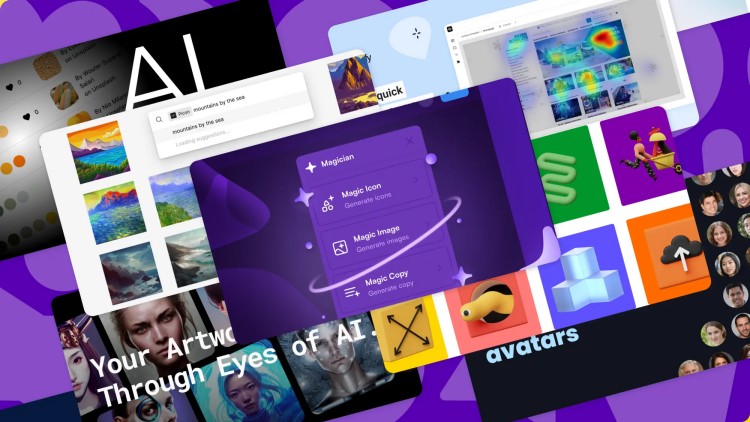
Fonts
Cakra. Free accent grotesque. The lettering is the same, but there are four sets of stylistic alternatives.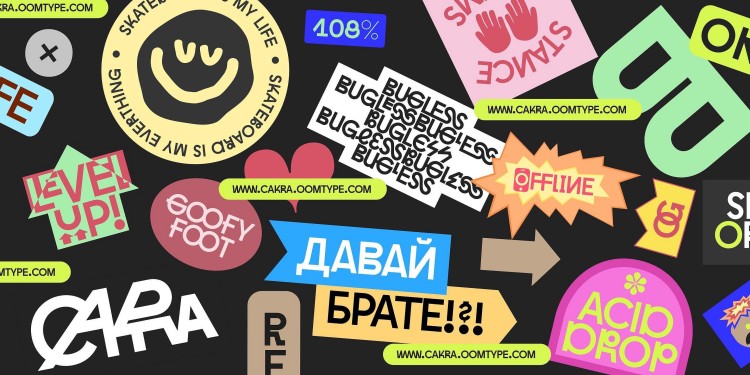
Pais. Modern humanist grotesque, inspired by the grotesques of the early 20th century. Two versions, each with 9 fonts + Italics. A total of 36 fonts. The licence costs from 36 € for the lettering and from 139 € for the whole typeface. A 50% discount is currently available.
The best of VKontakte
A selection of interesting posts from our collection of design publishers in recent weeks. The top ones are highlighted in colour:

Dessert
Ceramic everydayness in the work of Stephanie Schisch.
Hackerman 1977. A game in the quest genre, assembled right in Figma. Perfectly demonstrates the potential of the prototypes. Made by Ivan Yefimov.
Hell of a UX of the week
Listen to the opinion of an expert.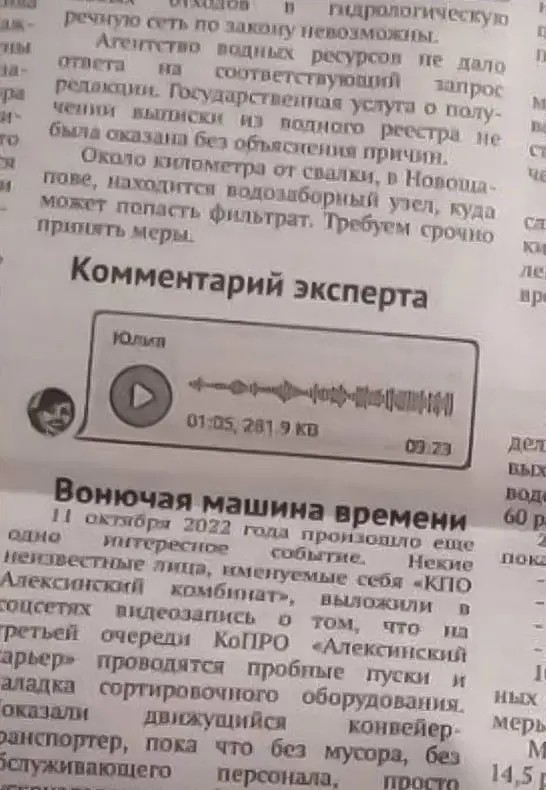
Humour
One last thing...
What's Your Reaction?







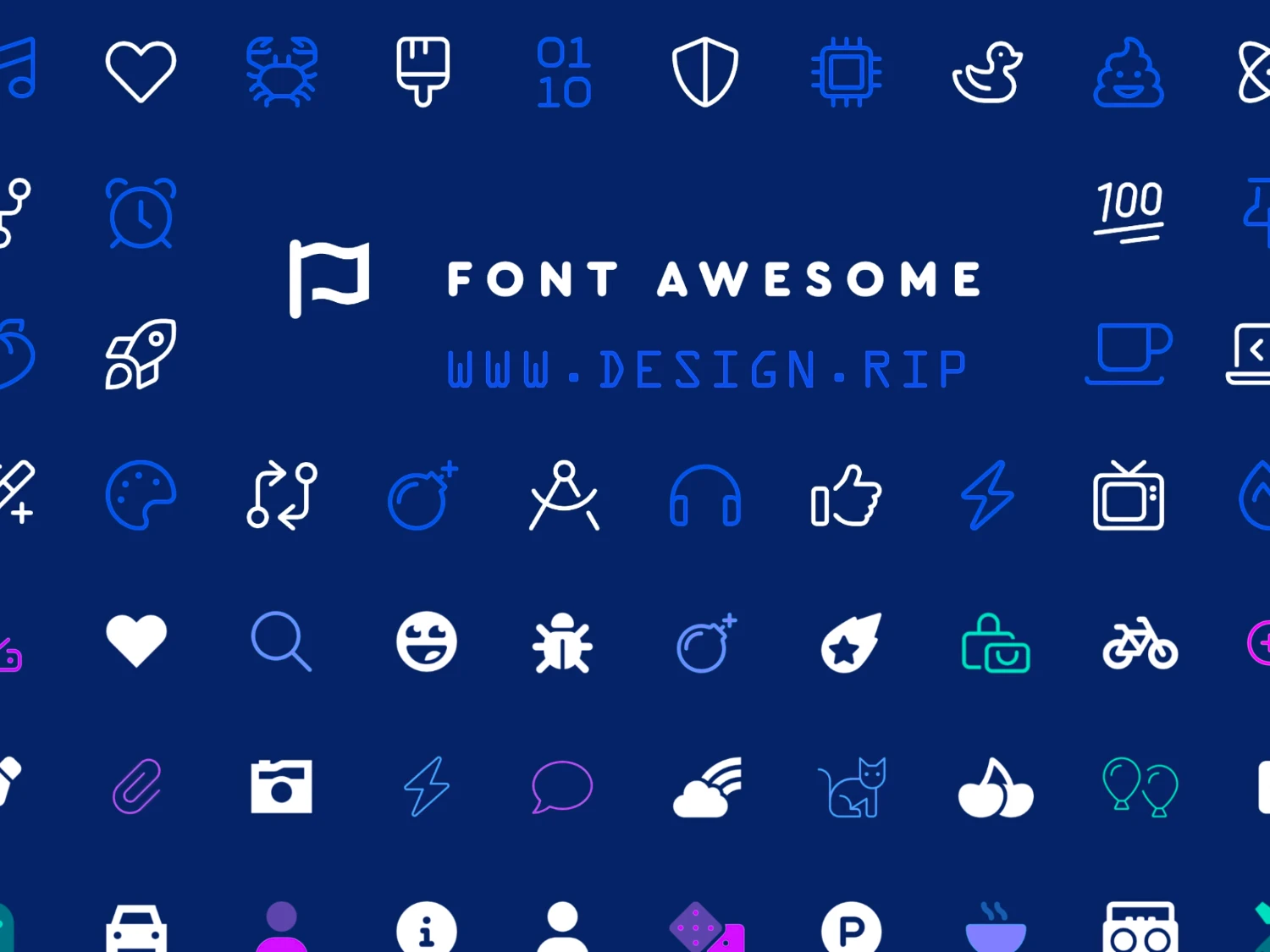

![[PRO] Company Starter Kit](https://design.rip/uploads/cover/blog/company-starter-kit.webp)

![[VIP] Talkative Brand Book & Style Guide](https://design.rip/uploads/cover/blog/talkative-brand-book--style-guide.webp)
![[VIP] UX Stack Guru](https://design.rip/uploads/cover/blog/uxstackguru-bwikur.webp)
![[VIP] The Professional Style Guide Kit](https://design.rip/uploads/cover/blog/the-professional-style-guide-kit--indesign-format.webp)
![[LS] iPhone 14 Pro Longscroll Mockups](https://design.rip/uploads/cover/blog/iphone-14-pro-longscroll-mockups.webp)
![[LS] Acryl Abstractions](https://design.rip/uploads/cover/blog/acryl-abstractions.webp)








![[VIP] PАТАТА SCHООL: 2D to 3D Grease Pencil in Blender](https://design.rip/uploads/cover/blog/patataschool-blender-grease-pencil.webp)
![[VIP] The curious craft of demo reel titles](https://design.rip/uploads/cover/blog/the-curious-craft-of-demo-reel-titles.webp)
![[VIP] DesignCode: Build Beautiful Apps with GPT-4 and Midjourney](https://design.rip/uploads/cover/blog/designcode-gpt4.webp)
![[VIP] AppCoda: Mastering SwiftUI - Professional Packet (Updated 04.2023)](https://design.rip/uploads/cover/blog/appcoda-mastering-swiftui-professional-packet-worth.webp)
![[VIP] AppCoda: Beginning iOS Programming with Swift (Updated 04.2023)](https://design.rip/uploads/cover/blog/appcoda-beginning-ios-programming-with-swift.webp)





![[VIP] Whoooa! 156 vector Lottie animations](https://design.rip/uploads/cover/blog/whoooa-156-vector-animations.webp)
![[VIP] Design+Code: Learn to design and code React and Swift apps [2017-2023, ENG + Sub]](https://design.rip/uploads/images/202312/image_430x256_658ccc86afe53.webp)





![[VIP] Motion Sound Vol. 1](https://design.rip/uploads/cover/blog/designrip-svx.webp)


